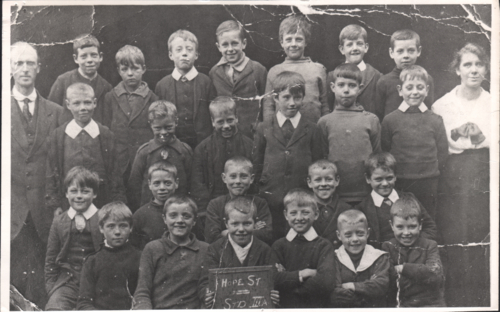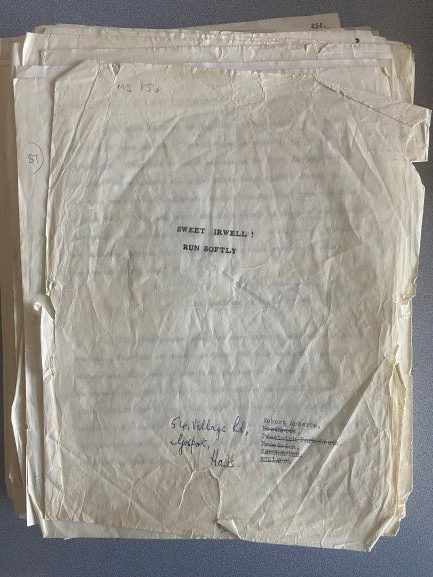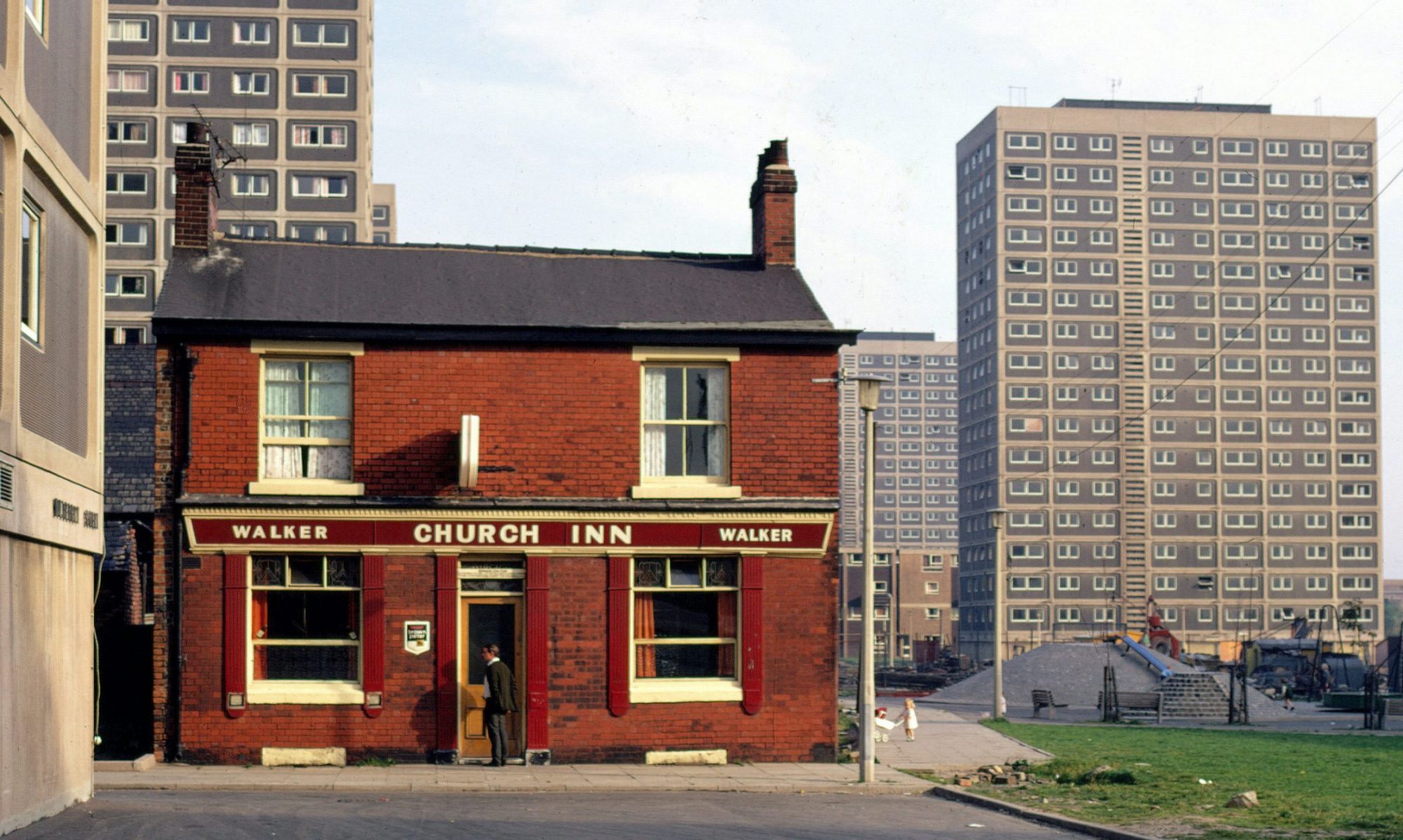Walter Greenwood was not the only writer whose work has almost immortalized the link between Salford and the image of the ‘slum’. Robert Roberts, born two years after Greenwood in 1905, wrote one the most influential historical accounts of working-class life in early 20th century Salford in The Classic Slum: Salford life in the First Quarter of the Century, first published in 1971, followed by his autobiographical account, A Ragged Schooling published in 1976.

I recently read both The Classic Slum and A Ragged Schooling back-to-back, with the purpose of looking for descriptions of the housing and clues for how it shaped people’s lives and sense of identity. In the preface to the 1990 edition of The Classic Slum, Roberts is described as being ‘born in a Salford slum’, and he lived for most of his youth above the corner shop his parents ran on Waterloo Street, off Liverpool Street.
This was a different Salford ‘slum’ to that immortalized in Greenwood’s Love on the Dole, and Roberts described how each slum ‘had its own cachet and fighting reputation’:
‘We boys ‘from down the gasworks’ found our label psychologically useful against the denizens of dockland, say, the Adelphi or Hulme…[a]s for Salford’s Hanky Park….it was so small we hardly recognised it as a slum at all. Poverty is poverty, whether endemic to a district or to a single house; but it appeared worse when, as with us, half a borough lay in it. Hanky Park, fortunately consisted of no more than a few poor streets flanked by high working class respectability. Quite close were fields and a free-range park. Indeed, on trips through these outskirts with bread sandwiches and bottles of sugar and water we felt this West End of Salford, with its parloured houses and red-brick new schools, looked decidedly superior’.
Roberts, A Ragged Schooling, (Manchester, 1997) pp. 33-34
I find Roberts’ comparison between ‘slums’ interesting as it offers another tier of representation of Salford in the first half of the 20th century, showing how the city was, and indeed still is, a collection of communities and neighbourhoods which exist side by side. Roberts suggests these communities had discrete identities and clearly drawn boundaries.
By the time The Classic Slum and A Ragged Schooling were published in the early to mid-1970s, the built environment of Salford, or at least the areas he was describing had changed. The majority of the back-to-back and terraced housing, and narrow streets of Hanky Park had been replaced by high rise blocks of flats separated by broad streets and roadways; although the area ‘round the gasworks’ had experienced less of a transformation. I would describe its character today as industrial although new private high rise apartment blocks are perhaps set to change that.
The University of Salford Library Archives hold a typescript copy of Robert Robert’s A Ragged Schooling. Curiously the original working title for the book was Sweet Irwell, Run Softly.


